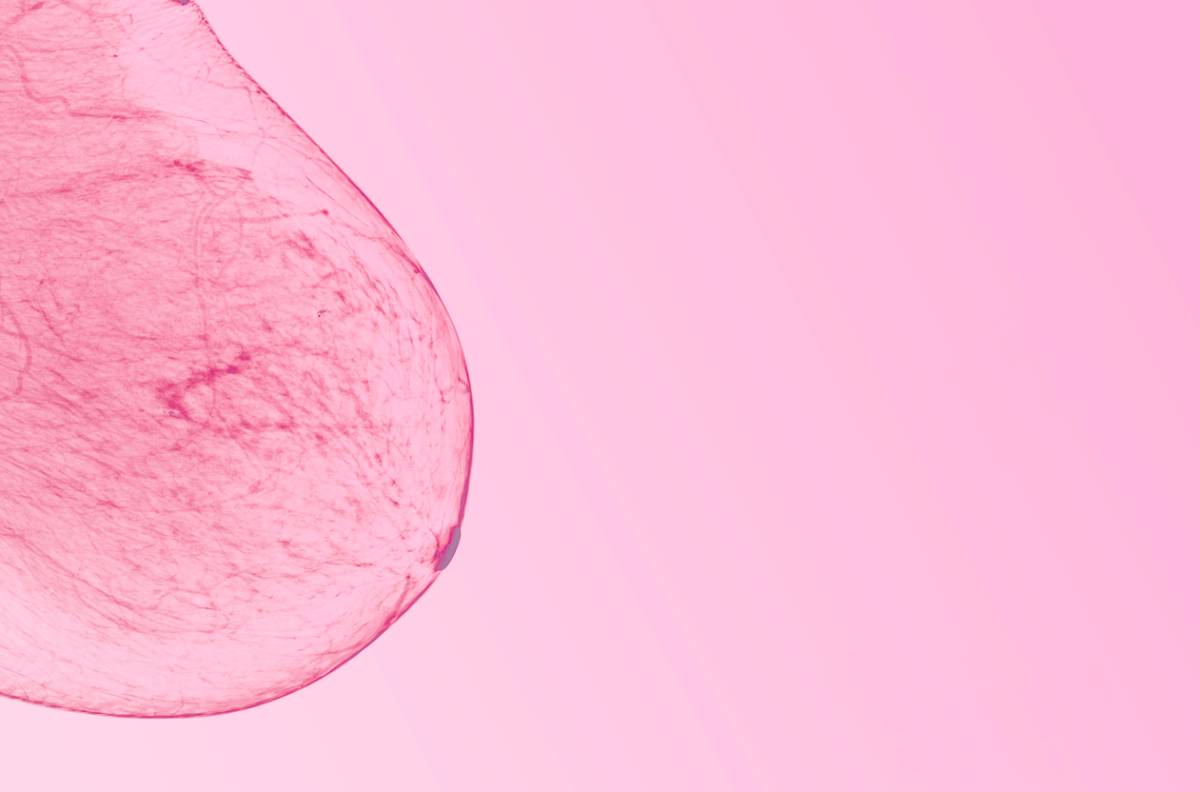Mammograms are a vital tool in breast cancer detection as they play a critical role in the early diagnosis and treatment of breast cancer. Mammograms are specialized X-ray images of the breast and provide valuable insights into your overall breast health. This includes identifying any abnormalities or the presence of cancer. Research has proven that regular mammograms have contributed to a significant reduction in breast cancer mortality. If you are headed to your first exam, you may wonder, what does the doctor look for on a mammogram? Below you will find helpful information about your mammography results.
What Does the Doctor Look for on Mammogram?
A radiologist is a specialized medical professional that interprets imaging, such as X-rays. They are skilled in identifying abnormalities and any potential issues with your breast health from the results of your mammogram. Below you will find what the doctor looks for on mammograms so you are prepared for your results.
Density:
Some patients have more density than others when it comes to breast tissue. The doctor will look for your breast density on the mammogram as it is an important factor when it comes to your break cancer risk. Your mammogram includes an assessment of your breast density. Breast density is measured by the ratio of fibrous and glandular tissue to fatty tissue. Having dense breasts is common, but it slightly increases your risk of breast cancer. Dense breast tissue can also make it harder to detect certain findings on a mammogram. This is because both suspicious areas and dense tissue appear white on your imaging.
Masses:
Your doctor will look for any masses shown on your mammogram imaging. A mass is an abnormal area of breast tissue that appears different from the surrounding tissue. It can be accompanied by calcifications, but this is not always the case. Masses can also be non-cancerous cysts or solid tumors, but they may also indicate cancer. Simple cysts are typically benign, while solid masses require further evaluation. Your doctor will likely advise that you get an ultrasound or biopsy, as both can further assess the risks associated with the mass.
Calcifications:
Calcifications may be present on your diagnostic mammography results, and your doctor will definitely look for them. Breast calcifications are small calcium deposits that show up as white spots on a mammogram. There are two types of calcifications: macrocalcifications and microcalcifications. Microcalcifications are often benign and are related to aging, past injuries, or inflammation. However, microcalcifications are more concerning. While they are not always cancerous, your doctor will assess their shape, arrangement, and proximity to amass to help determine their risk to your health.
Asymmetries:
Your doctor will look for asymmetries on your mammogram. Asymmetries show up as white areas that deviate from the typical pattern of breast tissue. They can be categorized into focal, developing, or global asymmetry. While there isn’t usually a serious risk associated with asymmetries, your doctor may recommend additional imaging from the Pink Door Imaging Center for breast cancer screening. This is necessary to ensure that there is no cancer in the identified areas.
Architectural Distortion:
Your doctor will examine your mammogram and look for architectural distortion. The term is used to describe the distortion or pulling of breast tissue towards a specific point. Sometimes the distortion can be due to the way your breast is positioned during a mammogram. It may also be due to a past injury. However, it can also serve as an indication of breast cancer. If any architectural distortion is found on your mammogram, your doctor will recommend additional imaging to rule out any serious health issues.


